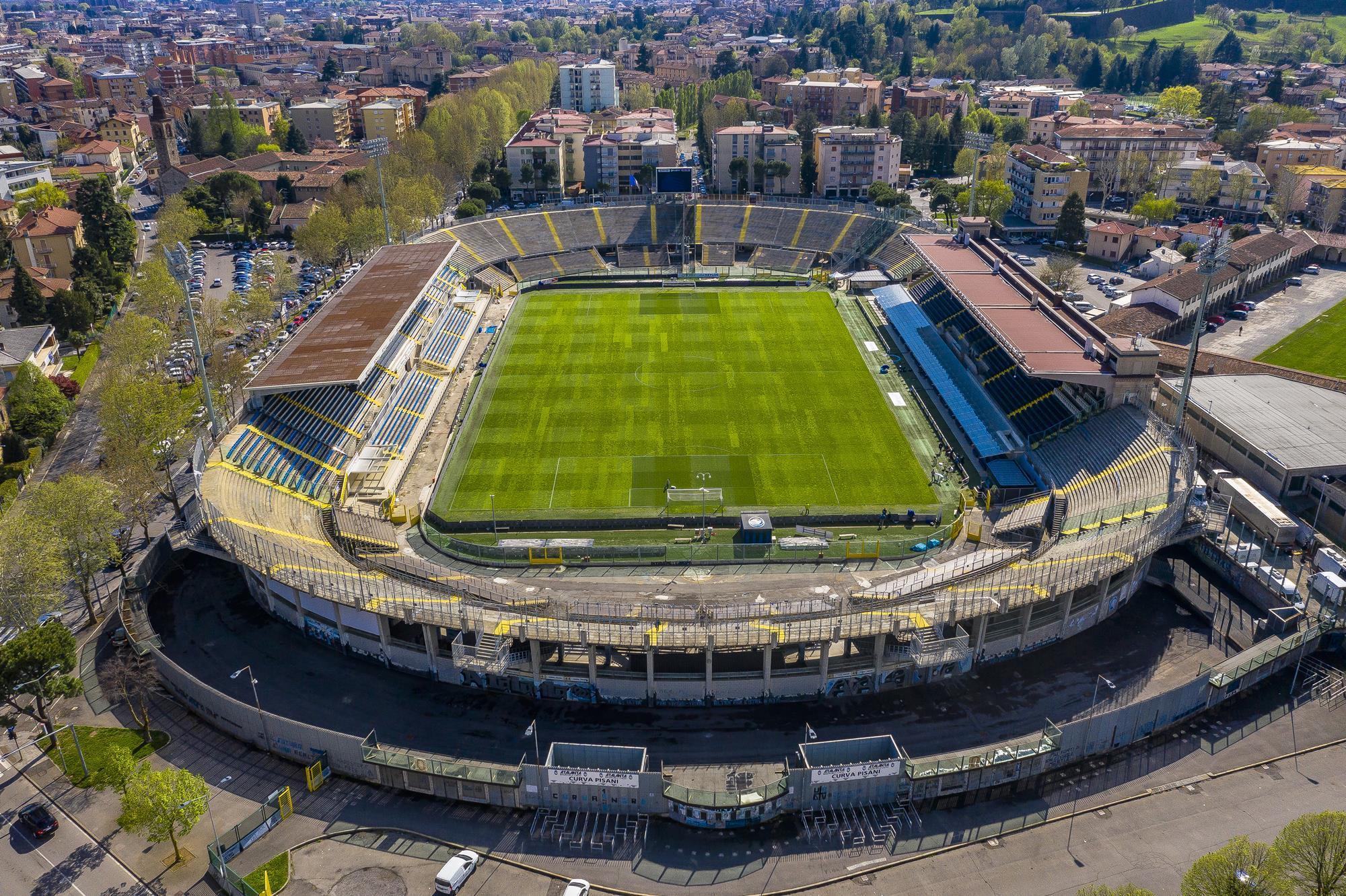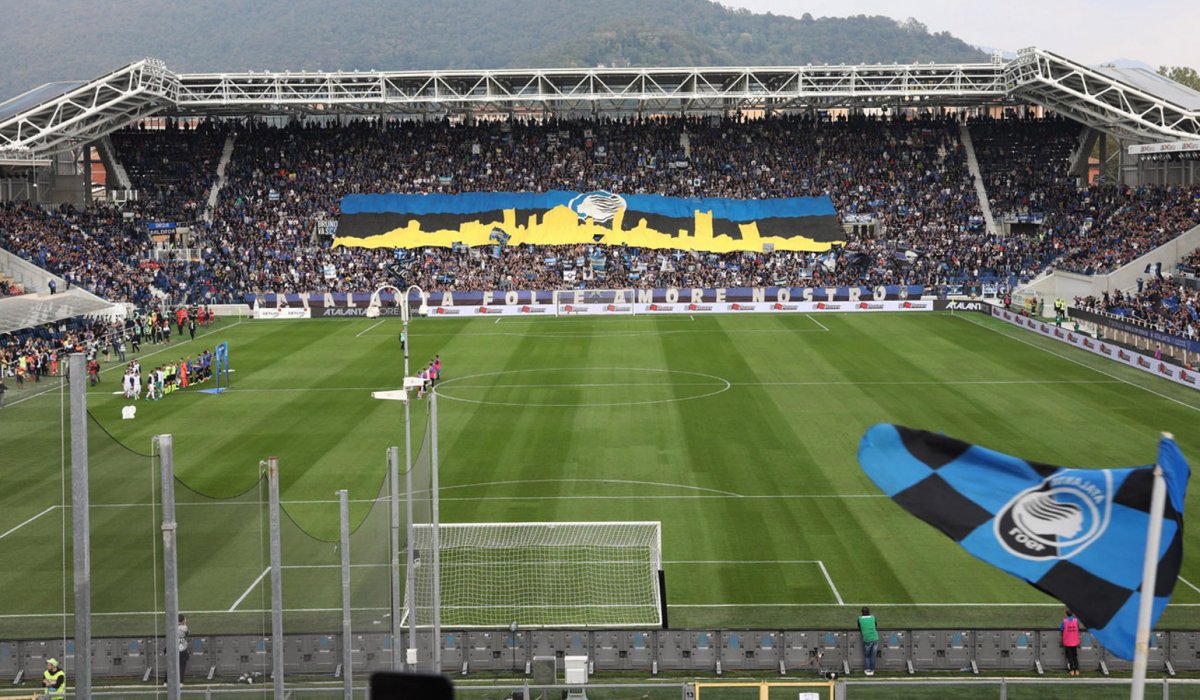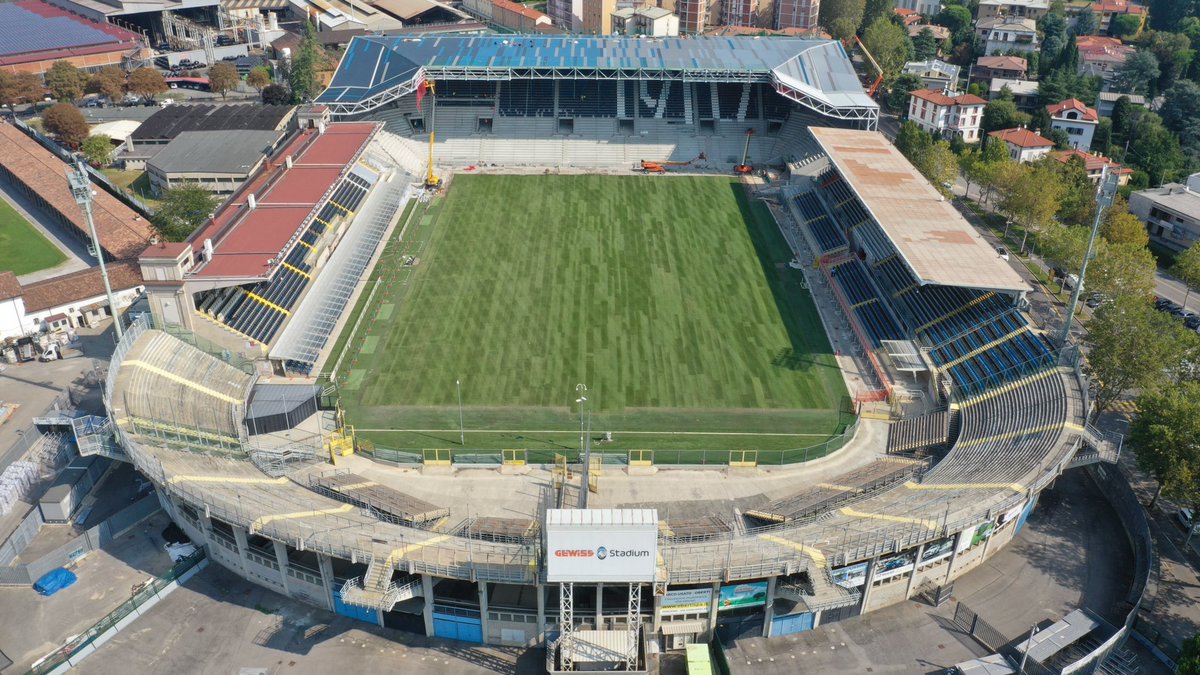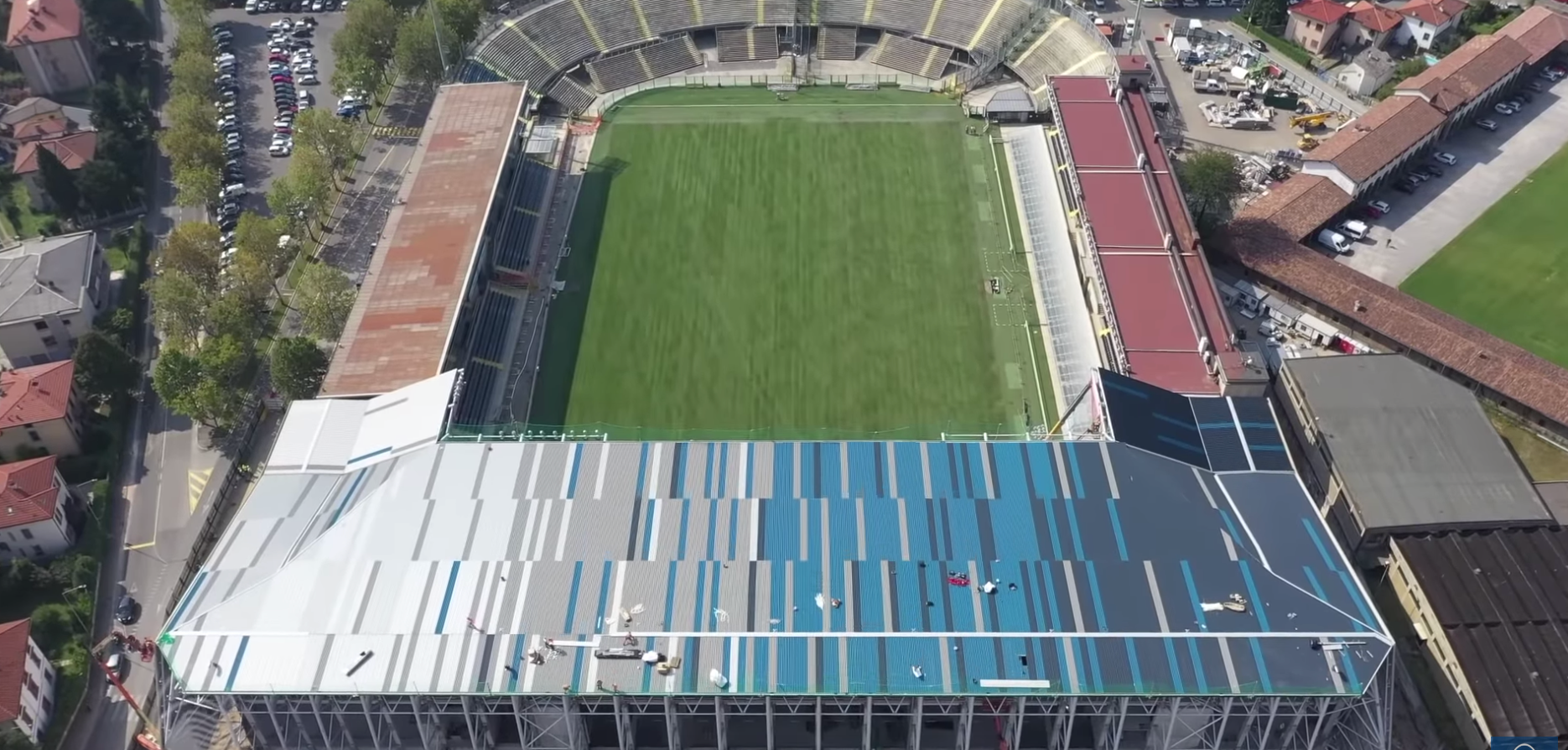Today we’re going to the North of Italy, in the Region of Lombardy. We’re not going where you would think (not yet, at least), although very close to that. Just 40 km north of the regional capital of Milan, another city lies. A very important one from an historical point of view, yet mostly overshadowed by its sprawling neighboring city.
We will go to what is called Cittá dei Mille (City of the Thousand), because a good part of the 1000 volunteers who joined Giuseppe Garibaldi during the Italian Risorgimento to free the Southern part of Italy from the Spanish domination came from there.
This is a city of people with a brave and generous tradition, a city that has been living a true football dream these past few seasons, but was also terribly impacted by the COVID-19 pandemic recently. We are talking about Bergamo, a city whose name perhaps won’t ring any bell at first sight. But, what if we mention that a team named Atalanta Bergamasca Calcio plays there? Sounds familiar?
Atalanta’s home turf is a stadium whose newest name is linked to a company. That’s a quite common feature that many grounds share today, but which football lovers still find strange. It is as if every time you go to see your team, a huge sign at the entrance reminds you that football is more a business than a sport by now.
In any case, it is also true that, nowadays, sponsors can be key to prevent some minor teams from sinking into the lower divisions. And so, we’ll make an effort and call the stadium by its current name: the Gewiss Stadium.

Atalanta’s case is one of those stories where the team foreruns its own stadium. Atalanta, or rather the Società Bergamasca di Ginnastica e Sports Atletici Atalanta, as it was originally called, was founded in 1907. Almost 10 years later, in 1920, it merged with the Bergamasca team, thus giving birth to Atalanta with the colors and name that we know today. From that time until 1928, the team played in the fields of Via Maglio del Lotto and, subsequently, in the Clementina field.
It was in 1928, in the Borgo Santa Caterina neighborhood, that the hippodrome originally situated there was demolished and a new stadium was built (in little more than a year) and called Mario Brumana – in honor of a fascist military, as it was common back in the days of the regime.
The then vice-president of Atalanta and the main promoter of the project, Pietro Capoferri, was accused of being megalomaniac, but his perseverance and the good connections he had made the project to be finally carried out.
The stadium had a capacity of 12000 spectators – quite impressive for the time – which were divided between the two side stands, one with a roof and one without coverage. Just like for many other grounds in Italy, the pitch was encircled by a running track – as the facility was meant to be part of a very large sports complex, with swimming pools, tennis courts, and more.
The Mario Brumana was inaugurated in November 1928 with an unofficial match between Atalanta and Triestina. However, dictator Benito Mussolini was looking for a much more lavish groundbreaking, and so another “official” inauguration took place in December as Atalanta received Dominante (a previous, temporary incarnation of the merger between Andrea Doria and Sampierdarenese, whose story we learned when we visited the Luigi Ferraris Stadium in Genoa). It was quite a show as the stadium was packed with 15000 spectators – 3000 more than its projected capacity…

After World War II, the time was right for a name change but, perhaps due to the lack of creativity, the ground was simply renamed Stadio Comunale (“City Stadium”). The first expansion works also started. The main stands were remodeled and a first side stand was built on the south side. During the ‘60s, a second side stand was added on the opposite side, while the South Stands were cemented and expanded.
After a few seasons spent in Serie B and even Serie C, Atalanta made it back to the Italian top-flight in 1984, which prompted a new renovation: The stands were enlarged, the running track was removed and the stadium capacity substantially increased. In September 1984, a new attendance record at 43,640 was set as Atalanta held Inter onto a draw.
Bergamo was not a host city during World Cup 1990, but additional renewals were carried over in the ‘90s as the grandstands were roofed and the stadium name was changed to Atleti Azzurri d’Italia (“Blue Athletes of Italy”) – a really nice and significant name, if you ask.
The Atleti Azzurri d’Italia, however, started to experience some problems in the early 2000s. Originally located on the outskirts of the city, it was now surrounded by other buildings. Time had left its mark on the stadium, which started to look old and decadent. Rumors and ideas about potentially move the team to another location started to spread. However, these were all discarded as Atalanta made it back to Serie A again in 2010 and decided to rather put some efforts into remodeling their historical house.
As the Bergamaschi started to climb the Serie A table and have some real ambitions to be a competitive team in Europe, they had to adapt their home turf to the requirements of the category and the European standards. In 2015, the Creberg Stands were renovated, an additional part of the stadium was roofed and the barriers between the seats and the pitch were removed.
This enabled the so-called pitch-view from the central stands, which makes the fans sit almost at the same height as the players on the substitute bench (something new and unprecedented in Italy), but also reduced the capacity of the stadium to 21300.

In 2017, the Comune of Bergamo put the stadium up for sale and received two offers only: One from AlbinoLeffe, a smaller club from the same Region which used to play at the Atleti Azzurri during their nine-year stint in Serie B in the mid-2000s, and the other – of course – from Atalanta. The Bergamaschi were in a much better financial situation and thus ended up taking control of the stadium for €8M.
In April 2019, coinciding with Atalanta’s best league results in its whole history, works for an ambitious renovation plan began. As the Comune did not allow the historic facades and roofs of the two main stands to be touched, only the North Stands (now renamed Curva Pisani) and South Stands are subject to remodeling – the former having already been demolished and replaced by a state-of-the-art covered stands section.
After 6 months of intense works and remodeling, the new Gewiss Stadium opened on October 6, 2019, with Atalanta capturing a landslide victory over Lecce. Construction works are expected to be completed in 2021 when the South Stands will also be replaced by a brand-new structure.
Atalanta are currently daydreaming: After reaching a Coppa Italia Final and finishing 3rd in Serie A last year, they managed to get into the Quarter Finals in their Champions League debut season and their European run is not over yet. And, with a brand-new stadium to boast, the best may be still to come for the Bergamo side.
Although it has not hosted any Champions League game yet (the Bergamaschi were playing at the San Siro in Milan as renovations were undergoing), the Gewiss Stadium is already part of the magnificent history of Atalanta and the city of Bergamo.
Click Below to Visit Some More Temples of The Italian Football Cult:
The San Paolo Stadium in Napoli
The Luigi Ferraris aka Marassi in Genoa
The Stadio Olimpico in Rome
The Renato Dall’Ara Stadium in Bologna
The San Nicola Stadium in Bari
The Renzo Barbera or La Favorita in Palermo
The Ennio Tardini Stadium in Parma
The Artemio Franchi Stadium In Florence
The Late Stadio Delle Alpi In Turin


When will the finish the stadium?
Hi John! The last stage is supposed to be completed after the Summer of 2021…but, in Italy, you never know 🙂
I Do not know man we are just watching Atalanta Bologna game and stadium looks terrible to me. South stand is probably 120years old only north stand looks let’s say okayish but nothing special and it is suppose to be 2019! For a rich Lombardi a region it is shameful